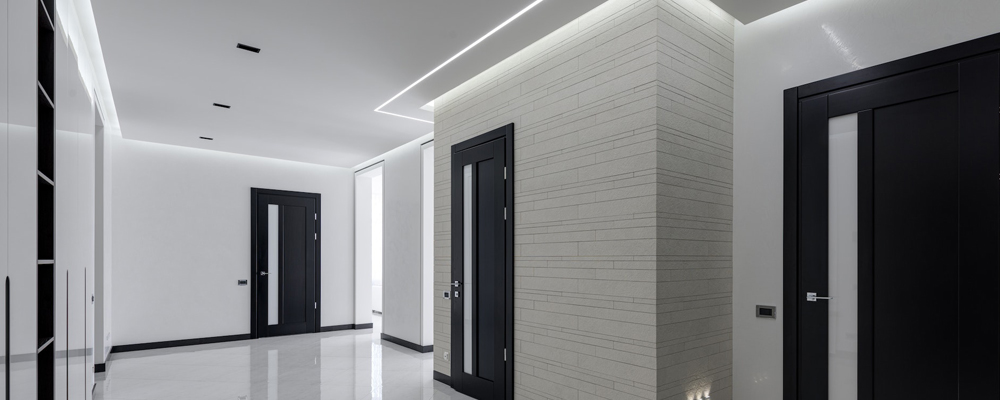Back To News
Should I upgrade to LED lighting?

LED (Light-Emitting Diode) lighting offers several benefits over traditional lighting technologies. Here are three key advantages of LED lighting:
- Energy Efficiency: LED lighting is highly energy-efficient compared to traditional lighting sources such as incandescent bulbs and fluorescent lights. LEDs convert a significantly higher percentage of electrical energy into light rather than heat, resulting in reduced energy consumption. This energy efficiency translates into lower electricity bills and a reduced carbon footprint. LED bulbs can save up to 75% more energy compared to incandescent bulbs, making them an environmentally friendly lighting option.
- Long Lifespan: LED lights have an exceptionally long lifespan compared to other lighting options. They can last up to 25 times longer than traditional incandescent bulbs and significantly longer than fluorescent lights. The extended lifespan of LEDs reduces the need for frequent replacements, which is particularly advantageous in commercial and industrial settings where lighting maintenance can be costly and time-consuming.
- Durability and Safety: LED lighting is highly durable and resilient. Unlike incandescent or fluorescent bulbs, LEDs are not made of fragile materials such as glass. They are constructed using solid-state components, making them resistant to shock, vibration, and external impacts. LED lights are also free from toxic materials like mercury, which are commonly found in fluorescent lights, making them safer for both the environment and human health. LED bulbs generate less heat during operation, reducing the risk of burns and fire hazards.
These benefits have contributed to the widespread adoption of LED lighting in various applications, including residential, commercial, and outdoor lighting, as well as in specialized areas such as automotive and architectural lighting.


Share This: